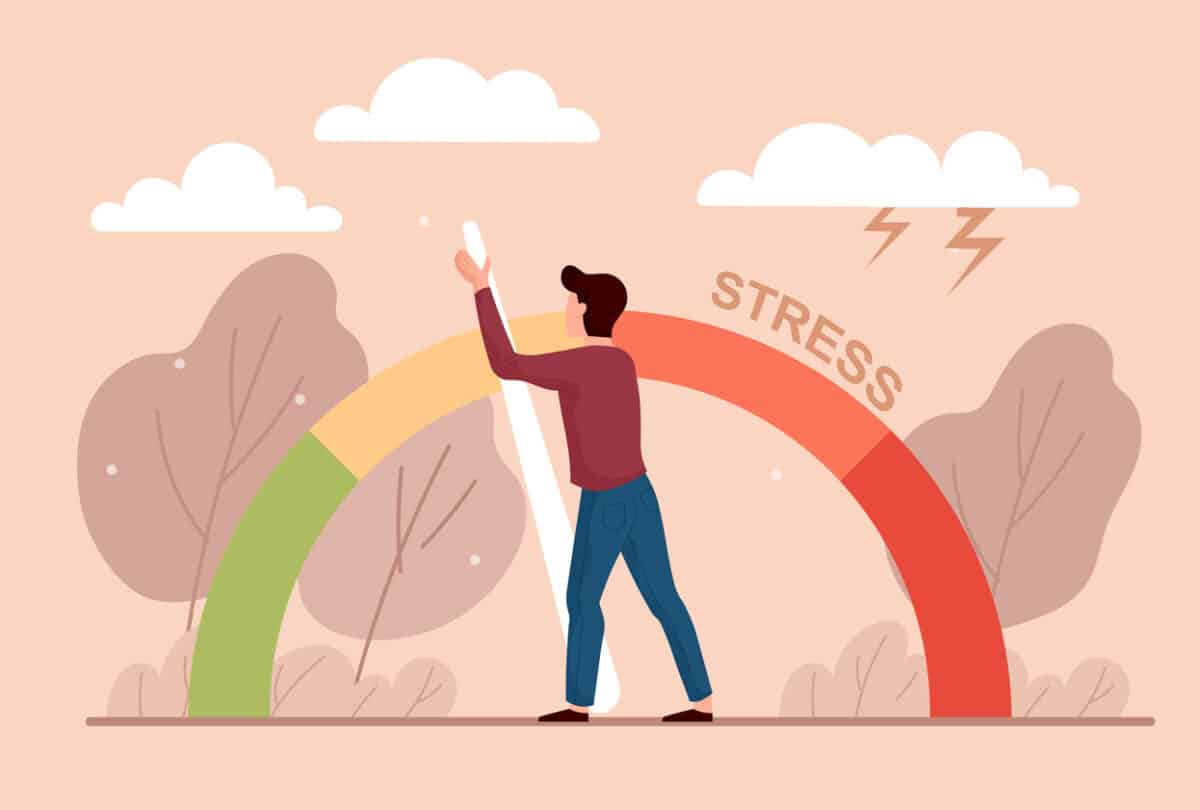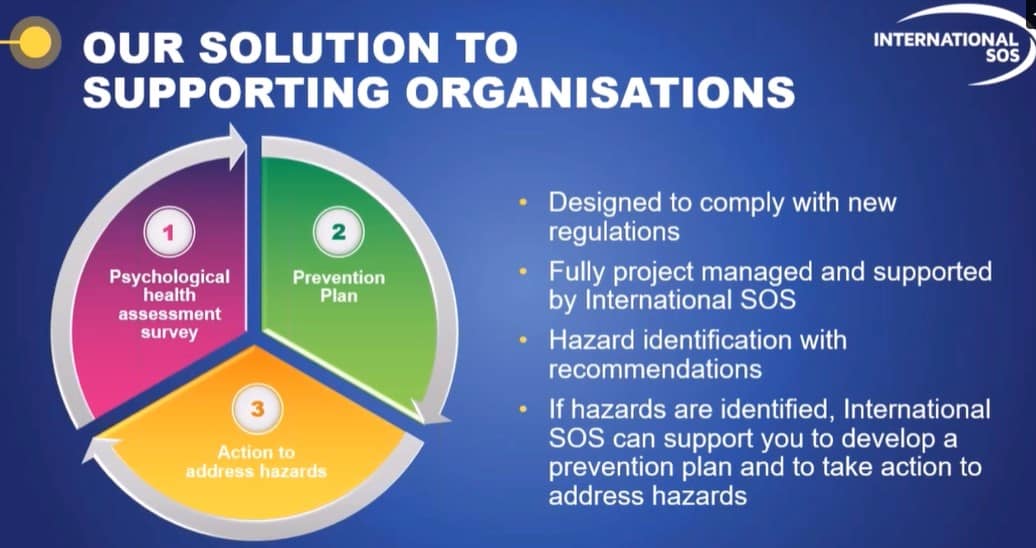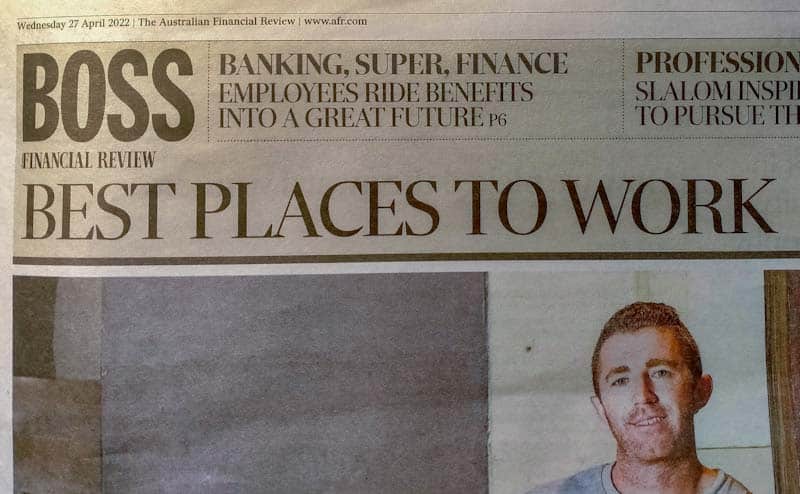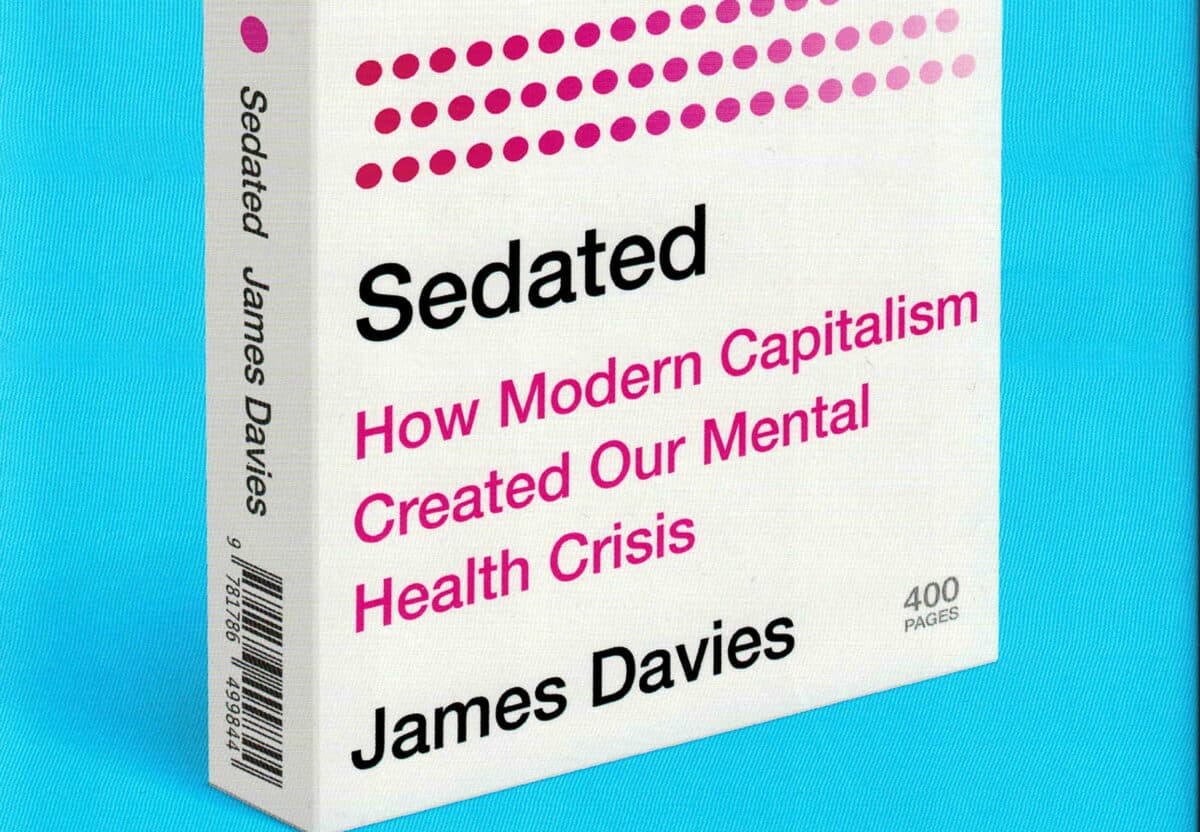Jim Chalmers has completed his first week of Australia’s Parliament as Treasurer. On Thursday, he presented a statement of the country’s finances without mentioning his well-being intentions (which some are claiming to be a gimmick). This does not mean that well-being is dead, as the “Wellbeing Budget” is not due until October; Chalmers needs to establish his authority, but it illustrates a common perspective on occupational health and safety (OHS) in the minds of many small business people.
Category: training
Psychological regulations and control
Recently International SOS conducted a webinar on workplace psychosocial hazards and controls. Parts of it were clearly marketing and promotional, but some of the speaker’s content was fascinating and useful.
The seminar’s structure was good because it included a global perspective and a local Australian. The speaker from a worldwide standpoint, Dr Rachel Lewis, used financial figures to illustrate the seriousness of workplace mental health risks. These involved annual costs to employers, costs of workplace stress and other figures in the billions. This approach encourages a misunderstanding of the audience for workplace mental health seminars and the occupational health and safety (OHS) approach to the hazard.
“Tell me how I can comply with the OHS law” – wrong request
Recently the Australian Institute of Health and Safety (AIHS) released a chapter of its Body of Knowledge on Ethics. But rather than a discussion of the role of occupational health and safety (OHS) in modern society, it focussed on the ethics of the OHS professional. This is a valid perspective but one of limited relevance to most of the community or to the market for OHS services. A broader consideration of OHS and ethics, one that assists in understanding what is expected of having a Duty of Care, is still required.
Assessing the best places to work
On April 27 2022, a leading Australian business newspaper, the Australian Financial Review (AFR), included a supplement called the “Best Places to Work” (paywalled). I purchased a hard copy (yes, they are still available) to look for occupational health and safety (OHS) mentions.
“Best” is hard to define. It could mean safest, it could mean best paid, it could mean friendliest. Because the supplementary allocates awards for the best places to work, the judging consultants, Inventium, included its criteria. You can already guess some of the focus of the awards as Inventium is described as “Australia’s leading behavioural science consultancy”. The assessment of the applicants involves:
Ethical Socialism and OHS
Every political leader on the progressive side, or Left, of politics, must address their relationship to Socialism. Recently The Guardian discussed this concerning the UK Labour leader Keir Starmer but the topic has relevance to Australia as several elections are scheduled for 2022. It is also important in understanding the ideological base of these prospective leaders as it is from this that progress on occupational health and safety (OHS) will emerge.
In a recent book “Sedated: How Modern Capitalism Created Our Mental Health Crisis“, UK academic Dr James Davies provides a valuable first-hand experience of the denial, or avoidance, of social obligations and the transference of responsibility to individuals in the context of Mental Health First Aid.
“how-to-lift training does not work”
In 2017, this blog reported on an article from WorkSafe Queensland that said that manual handling training in “correct manual handling” or “safe lifting” did not prevent musculoskeletal injuries. WorkSafe supported this by extensive research, but training courses continue today, perpetuating an over-reliance on manual handling as a suitable risk control measure, which does not meet the compliance requirements of the occupational health and safety laws.
Last month WorkSafe Queensland released a video that updated and reinforced their position.
Continue reading ““how-to-lift training does not work””Resilience = the enemy of the Duty of Care
Last year Professor Michael Quinlan and Dr Elsa Underhill wrote about how precarious work arrangements had contributed to the spread and prevalence of COVI19 in Australia and its workplaces. Soon Australia’s Treasurer, Josh Frydenburg, will announce his 2021-22 Budget strategy. It is forecast to include big government spending and in many different areas of Australian industry, but the economy and Australians’ health may be better served by addressing the precarious employment structures on which more and more businesses rely and about which the Government seems disinterested.
In the latest edition of Griffith Review (no. 72), Angela Smith looked at how embedded precarious work is in Australia’s economic rebound. She also looked at how the wellbeing and wellness industries compound the health and safety risks of this type of work in this time of COVID19.






